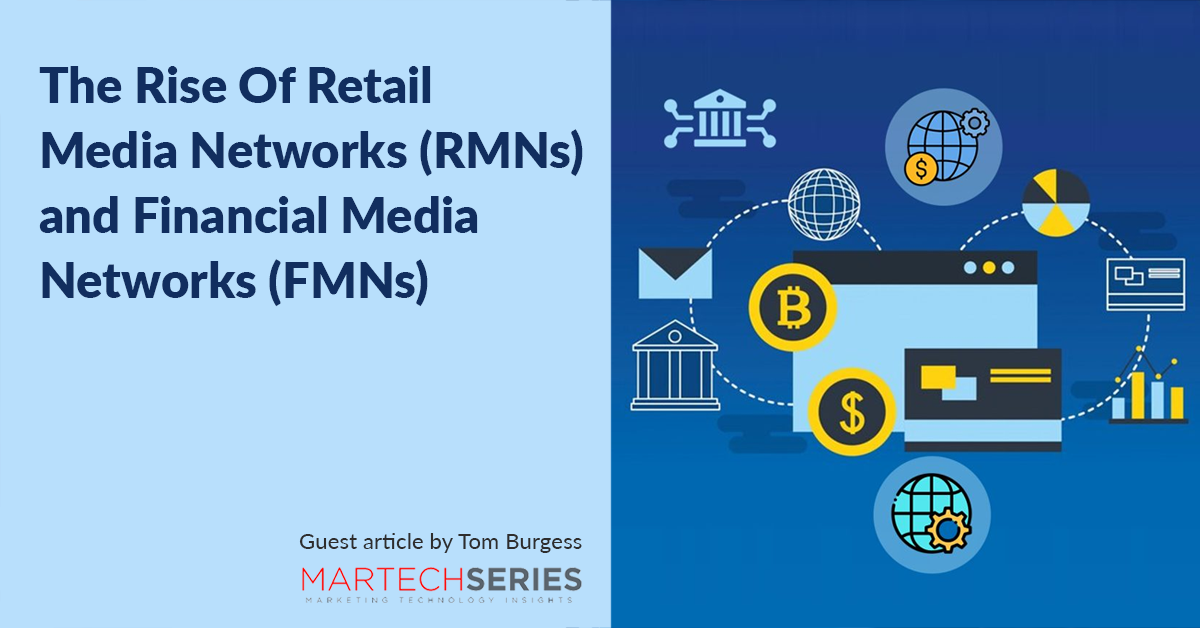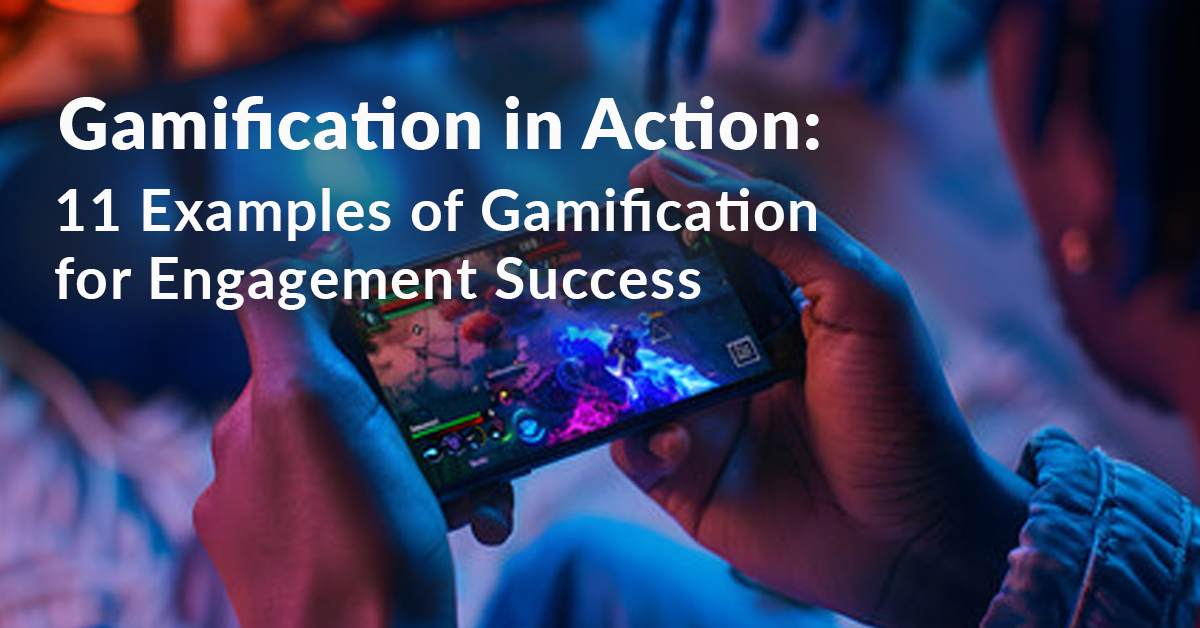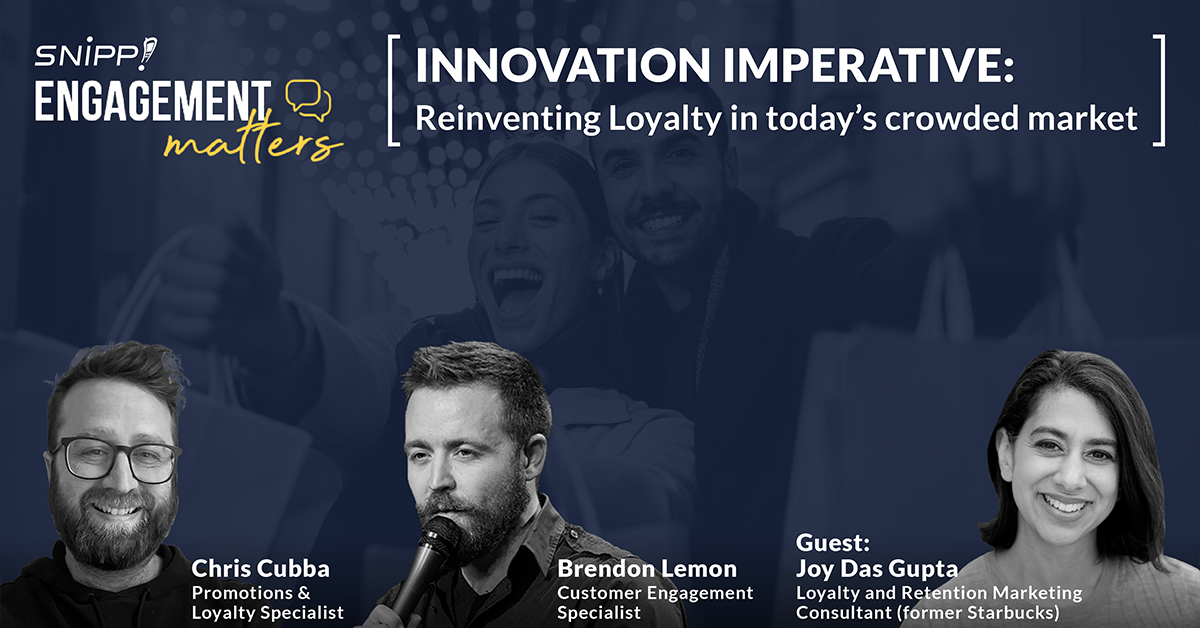This article first appeared in Loyalty360. April 1, 2016.
The loyalty industry is about to experience a massive disruption. A perfect storm of three macro trends is upon us that will change how brands inspire enduring loyalty forever. To remain relevant to members and ensure everlasting loyalty, marketers need to begin planning for these changes now.
The Rise of the Internet of Everything
The internet changed everything for marketers and consumers alike. Some tend to think of the internet as being an additional sales channel that consumers access via a computer and more recently, a mobile phone or tablet. But it’s so much more – a consumer convenience revolution that has been and will continue to transform the everyday lives of us all. The Internet of Everything is truly the “next big thing.”
Ten years ago, there were 1 billion “things” – mostly computers – connected to the internet. This brought about the rise of the online shopper, as well as the headache of several loyalty marketers attempting to integrate ecommerce sales with existing brick and mortar loyalty programs. Last year, there were 5 billion “things” – adding mobile phones and tablets – connected to the internet. This is the phenomena behind the mobile consumer that marketers are targeting today. But what’s next?
Analysts forecast that there will be anywhere from 21 to 75 billion “things” connected to the internet by 2020. That’s right – 21 to 75 billion. This includes virtually “everything” that consumers engage with every day including: appliances & kitchen gadgets, vehicles, furniture, clothing & accessories, TVs, houses, medical devices, consumables, home gardens, entertainment systems, brick & mortar stores, you name it. If you look around, you’ll see that it’s already starting to happen (i.e. Fitbit, Apple Watch, Google Nest, Amazon Echo & Alexa, Microsoft’s Xbox and Ford Sync).
Consumers will be spending more time engaging with these “things”, taking attention away from your loyalty program and brand. If you’re not creating unique experiences with loyal customers that involve the Internet of Everything, loyal customers won’t be thinking of you.
So what’s a loyalty marketer to do? Integrating ecommerce and mobile into existing loyalty programs has been expensive and challenging for many so the idea of connecting to virtually everything can be overwhelming. But truly this is your opportunity to reimagine your loyalty program. Don’t think about next year, but five years from now. What kind of experiences do you want to create for your members? Which soon-to-be connected or already-connected “things” play a part of that experience? In which contexts is your brand relevant? The possibilities are endless. Identify what you envision these experiences to be and then work with your technology partners to make it a reality.
Collaborative Consumption and the New Sharing Economy
Ten years ago, it wasn’t considered “cool” by many consumers to use coupons, buy second-hand, share a car ride, stay at someone else’s house while on vacation or buy low-cost private label brands. Today, it’s not just commonplace due to economic necessity, it’s considered fashionable and convenient by the most tech-savvy of people.
The post-2008 US economy combined with a growing population acclimated to the concepts of sharing and conservation gave birth to this new Collaborate Consumption movement. As a result, a new Sharing Economy has risen with entrepreneurs like Uber, Etsy, eBay, GoFundMe, Airbnb and others have disrupted the marketplace and stolen market share from more traditional companies. According to a recent Crowd Companies report, there are 80 million people in U.S who have participated in the sharing economy. By 2025, it will represent $335 billion in consumer spending in the U.S. Finding a place in this type of consumption and consumer mindset will be increasingly important in the future for brands.
So what to do? First, consider partner opportunities with complementary brands in this space. For instance, the ability to use points on Uber credits. Second, consider allowing the ability for members to collaboratively earn and accrue toward a reward – or borrow loyalty currency from others so they can earn the reward. Third, consider rewarding consumers for purchasing and engaging with your brand when it’s already in the shared economy. Remember, just because it was not purchased new doesn’t mean that that consumer doesn’t love your brand or won’t advocate for it.
The Great Consumer Landscape Shift
The last 10 years has brought significant changes in the demographic/psychographic landscape in the US that has had a profound effect on buying habits, consumer expectations and what consumers perceive as being valuable. The next 10 years will be even more drastic.
While some of the psychographic changes will be (and have been) a result of the above two mentioned macro trends, demographic shifts are equally significant. Much has already been written about the Millennial generation – which according to Frost & Sullivan will comprise 26.2% of the population by 2025. They are unlike previous generations as there few common psychographic characteristics, making it more difficult for marketers to engage with versus previous generations.
While Millennials play a significant role in this shift, so do foreign-born individuals. By 2025, the number of foreign-born individuals in the US is expected to reach 15% of the total population. That is the highest in history. The last time the number of foreign-born individuals got close to that percentage was in 1910 (14.7%).
The concept of “Not all customer is created equal” applies not just to how much they spend with a brand but also to a customer’s personal experiences. The psychology of loyalty teaches that people’s behavior or actions are a direct result of their individual beliefs. Beliefs are formed through experiences. Greater diversity of the consumer landscape – a consumer landscape that will have a diversity of personal experiences – will demand hyper-personalization of messages, benefits and rewards.
Tamara Oliverio, Snipp Interactive
Tamara is an omnichannel marketing and brand communications leader with nearly 20 years of experience in all things digital including: loyalty/CRM, mobile, eCommerce, SEM, social media, promotions and advertising. She has both client-side and agency-side experience and has worked in a diverse set of industries in several countries (retail, CPG, automotive, restaurant and entertainment), allowing her to bring best practices from one industry to another. Prior to joining Snipp, Tamara was on the client side as the VP of Marketing, Rewards & Engagement for GasBuddy.





